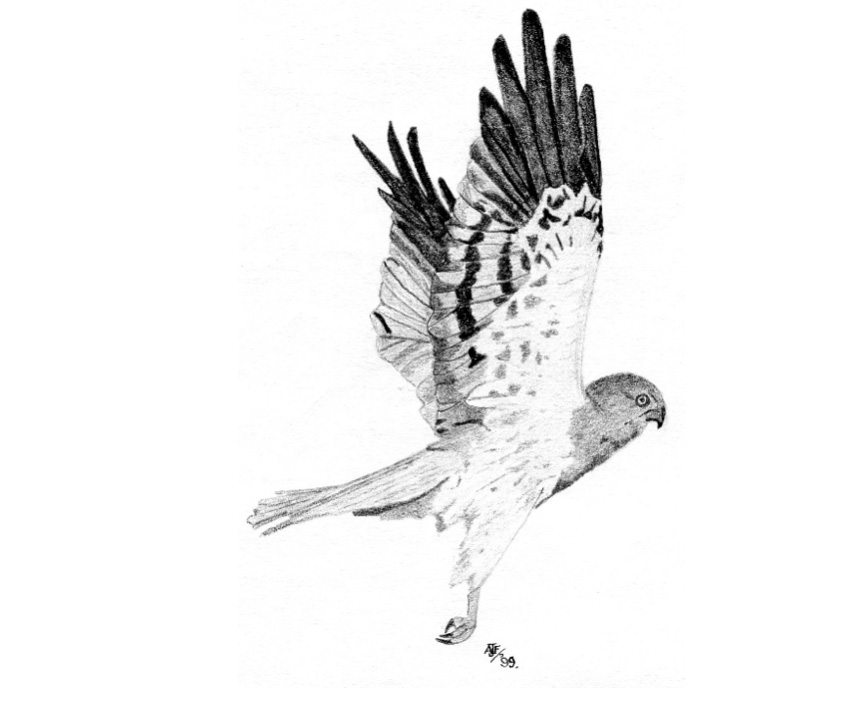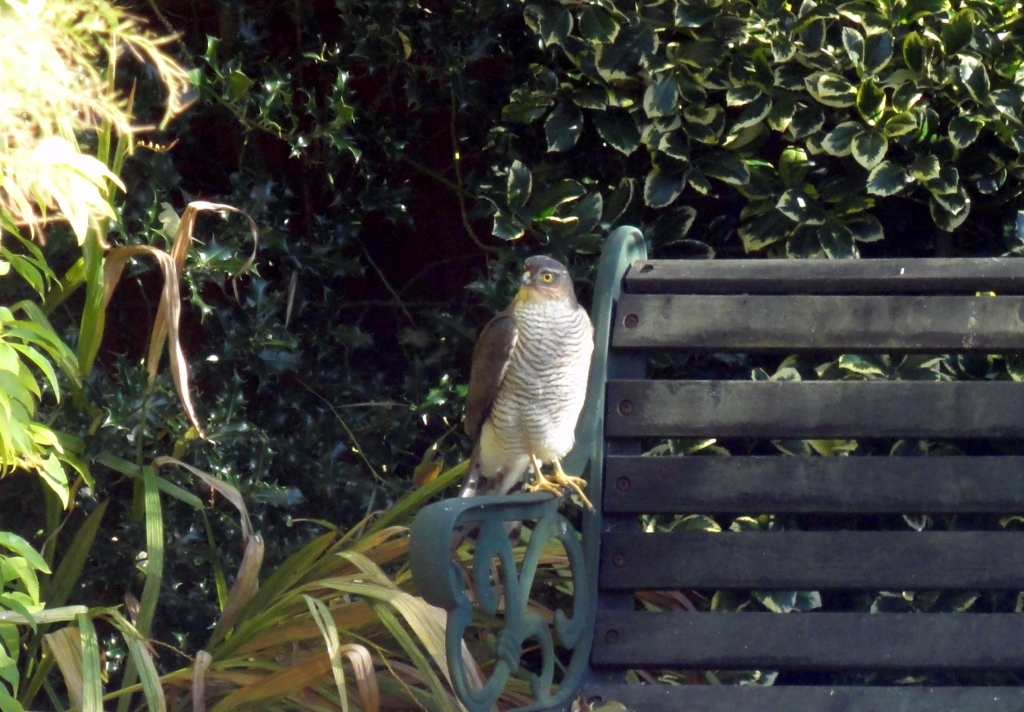Increasing regular visitor, which has bred.
In historic times Red Kites were common scavengers of rural and urban carrion and rubbish in Britain. Extinct in Hertfordshire before 1810, and exterminated in England by 1870 through persecution, the decrease in carrion, and the burial of dead farm animals. In 1989 English Nature and the RSPB began a reintroduction scheme releasing Spanish birds in England and Swedish birds in Scotland. Red Kites are now re-established at several locations including in the Chilterns, and now breed in Hertfordshire.
The first local record is of one seen over Aston on 15 February 2000.
Since 2003 they have been recorded annually at Stevenage with records for every month of the year, with the majority coming from between March and June and, are becoming a familiar sight.
The most seen together is 19, seen on 3 July 2014 in fields behind Tilekiln Wood, Great Ashby.
Four Hertfordshire wing-tagged birds have been seen at Stevenage: GY02533 tagged at Benington on 16 June 2020 was seen at Boxbury Farm on 11 August 2020; GR24054 tagged at Brocket Park, Lemsford was seen over the Old Town on 18 March 2022; GY02663 tagged at Benington on 26 June 2020 was seen at Aston End on 16 December 2022; GY18603 tagged at Hatfield on 13 June 2020 was seen at Fairlands Valley Park on 4 February 2023 (this bird was also seen at Newmarket Suffolk on 13 June 2022).
They were confirmed as breeding in the tetrad covering Aston in the 2012 Breeding Atlas.
The 2012 Winter Atlas recorded their presence from six of the tetrads covering Stevenage.


